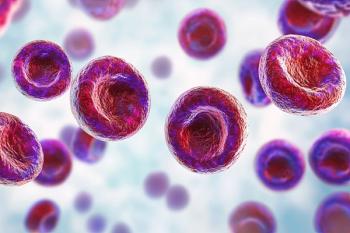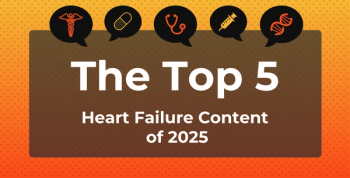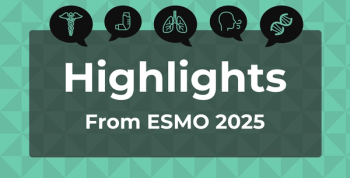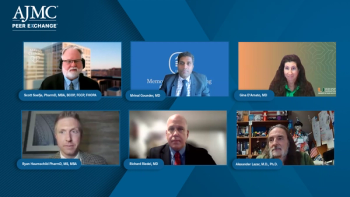
Migraine Treatment: Targeting CGRP
Peter L. Salgo, MD: There are some newly approved classes of agents out there—human monoclonal antibodies, MAB treatments, that block the calcitonin gene-related peptide, CGRP. What is their mechanism of action? How do they target migraines?
Peter Goadsby, MD, PhD: Well, they block CGRP.
Peter L. Salgo, MD: Let’s start with the basics. What is CGRP?
Peter Goadsby, MD, PhD: I’ve spent my entire professional career explaining to patients that they have migraine and need a preventive and that I’m going to give them a blood pressure drug. Then I explain why they shouldn’t worry about that. Or I’m going to give an anti-epileptic drug, but they don’t have epilepsy. Or I’m going to give them an antidepressant, but they don’t have depression. These are the first drugs that are being designed for migraine and it’s kind of nice. The shortness of the conversation is, it belays what it says on the jar: They’re migraine preventives to prevent migraine. And they’re anti-CGRP and that’s what they block.
CGRP, calcitonin gene-related peptide, is a 37-amino acid. It’s a small polypeptide that’s involved in the migraine process. It’s involved in the pain and in other sensory symptoms. The monoclonal antibodies either block it by mopping it up, binding to CGRP—3 of them—or one of them blocks the receptor where the CGRP acts. They block the pathway. They do what they say on the jar.
Peter L. Salgo, MD: Or on the vial.
Peter Goadsby, MD, PhD: Yes, on the vial.
Peter L. Salgo, MD: Before we go on and discuss these drugs, I want to drill in, a bit more, on CGRP. What is CGRP actually doing that’s causing pain?
Peter Goadsby, MD, PhD: Not for everybody, but for a decent proportion of patients, CGRP is the key transmitter in this trigeminal vascular pain pathway that’s active during migraine.
Peter L. Salgo, MD: OK. How does it work? What is it doing to the nerves, or to the vessels, or to the tissue that hurts?
Peter Goadsby, MD, PhD: It’s not a vessel thing, because the CGRP blockers don’t constrict blood vessels. The CGRP effect is blocked by mopping it up more at the receptor. It’s the transmitter that turns on this pathway. Basically, it just turns the switch off.
Peter L. Salgo, MD: Whatever that cascade is, CGRP is the key…
Peter Goadsby, MD, PhD: Key part of it, yes.
Peter L. Salgo, MD: It turns on this migraine pathway.
Peter Goadsby, MD, PhD: That’s right.
Peter L. Salgo, MD: Is there a difference in efficacy? You alluded to the fact that there are 2 different constructs. One blocks the antibody, and one blocks the receptor.
Peter Goadsby, MD, PhD: Yes.
Peter L. Salgo, MD: One targets the ligand, and one, the receptor.
Peter Goadsby, MD, PhD: That’s right.
Peter L. Salgo, MD: Is there a difference in efficacy? Clearly, there’s a difference in action or in mechanism. Does it make a difference at all, in terms of effect?
Peter Goadsby, MD, PhD: There is not any difference, that I can see, in any of the clinical trials.
Newsletter
Stay ahead of policy, cost, and value—subscribe to AJMC for expert insights at the intersection of clinical care and health economics.







































